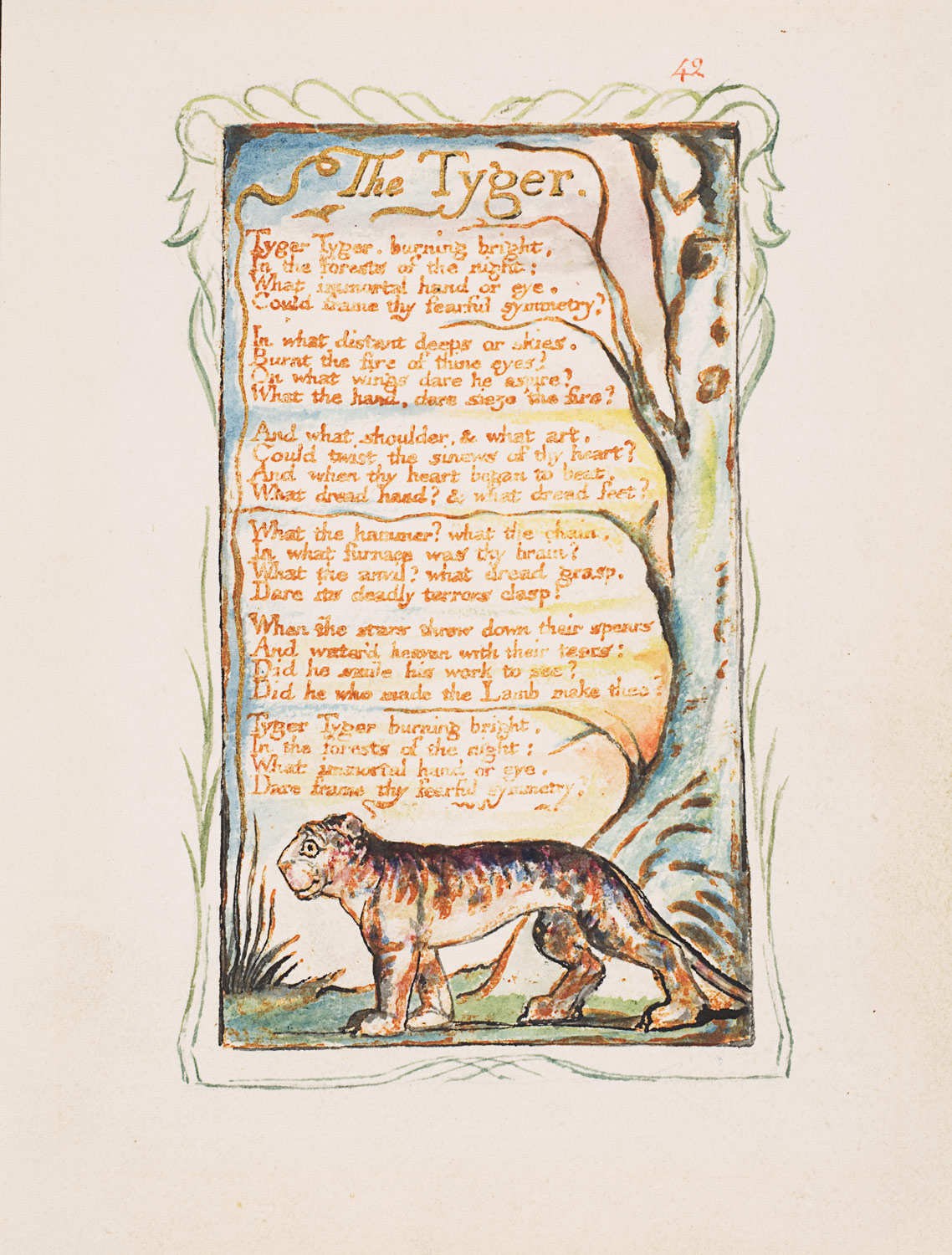

However, in the “Introduction” to Songs of Experience, the setting is not so simple. This simplicity of the heart pervades the whole of Songs of Innocence. In “The Introduction” to the Songs of Innocence the poet derives a spiritual inspiration from the “child on a cloud. Bolt, “because there is no web of correspondence to be established and secured.” “Metaphor is not needed”, observes critic S.

There is even a unique absence of metaphor which is, instead of being any poetic drawback, a clue to the unique structure of the songs.

The images are therefore, seen in a vision, “within a moment”. The “Songs of Innocence” does not define the simplicity of incomplete experience but symbolizes a state of “no experience”, something that Man could have possessed only prior to hi s Fall. To show the extent of this destruction, Blake places in the Songs of Experience certain poems which have their counterparts (often bearing same or related titles) in the “Songs of Innocence”. The first part sets out an imaginative vision of the state of Innocence the second shows how life challenges and corrupts it. The two books present contrary elements in a single design. Such an intention is clear from his title page that describes the songs as “showing the two contrary states of the human soul”. Nowhere is this conception more vividly realized than in Blake’s Songs of Innocence followed by Songs of Experience. In claiming “without contraries is no progression”, Blake anticipates the duality in human condition that the Twentieth Century philosopher Nietzsche conceptualizes as the Apollonean and the Dionysian aspects of existence. Blake’s philosophy asserts, more than anything else, the contrariety of systems with regard to human soul and other objects of creation. In his attempt to communicate his essential divine vision, William Blake created a poetic world where images are realized in their individual contexts and the contexts are realized in the unique Imagination of the poet.


 0 kommentar(er)
0 kommentar(er)
